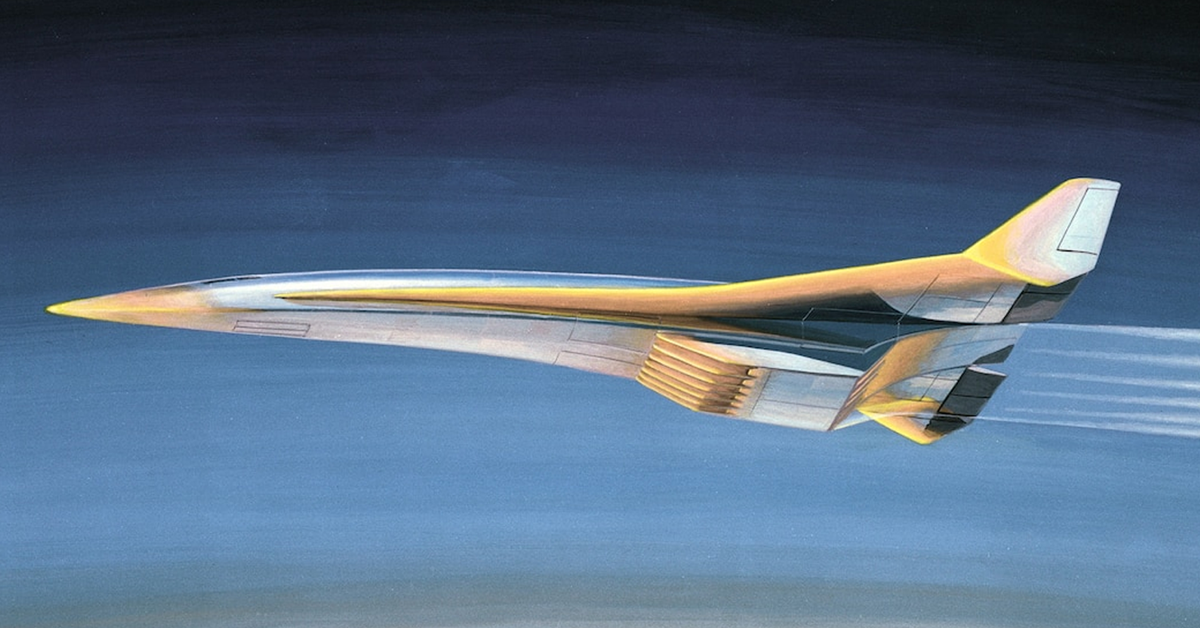
The U.S. Air Force on Wednesday announced contract awards to Boeing and Lockheed Martin to complete competitive, preliminary designs for a hypersonic cruise missile to be launched from an existing fighter/bomber aircraft.
Lockheed Martin and Boeing were respectively awarded $27.12million and $39.6million for Southern Cross Integrated Flight Research Experiment (SCIFiRE) Project Phase I Preliminary Design Review. The contract is an option exercise to mature a solid-rocket boosted, air-breathing, hypersonic conventional cruise missile, air-launched from existing fighter or bomber aircraft, through the completion of a preliminary design review.
The total cumulative face value of the contract is $47million for Boeing and $33.5million for Lockheed Martin.
It is an Allied Prototyping Initiative (API) under the Directorate for Advanced Capabilities within the Office of the Under Secretary of Defense for Research and Engineering. The Department of the Air Force, under the direction of the Weapons Program Executive Officer, is responsible for the execution of the program.
The SCIFiRE effort aims to cooperatively advance air-breathing hypersonic technologies into full-size prototypes that are affordable and provide a flexible, long range capability, culminating in flight demonstrations in operationally relevant conditions. The effort will also pursue potential co-production opportunities between the two countries, and leverages U.S. and Australian collaborative hypersonic activities over the last 15 years, namely the Hypersonic International Flight Research Experimentation (HIFiRE) program.
The new weapon will be a Mach 5-class precision strike missile that is propulsion-launched and powered by an air-breathing scramjet engine. It’s expected to enter service within the next five to 10 years.
